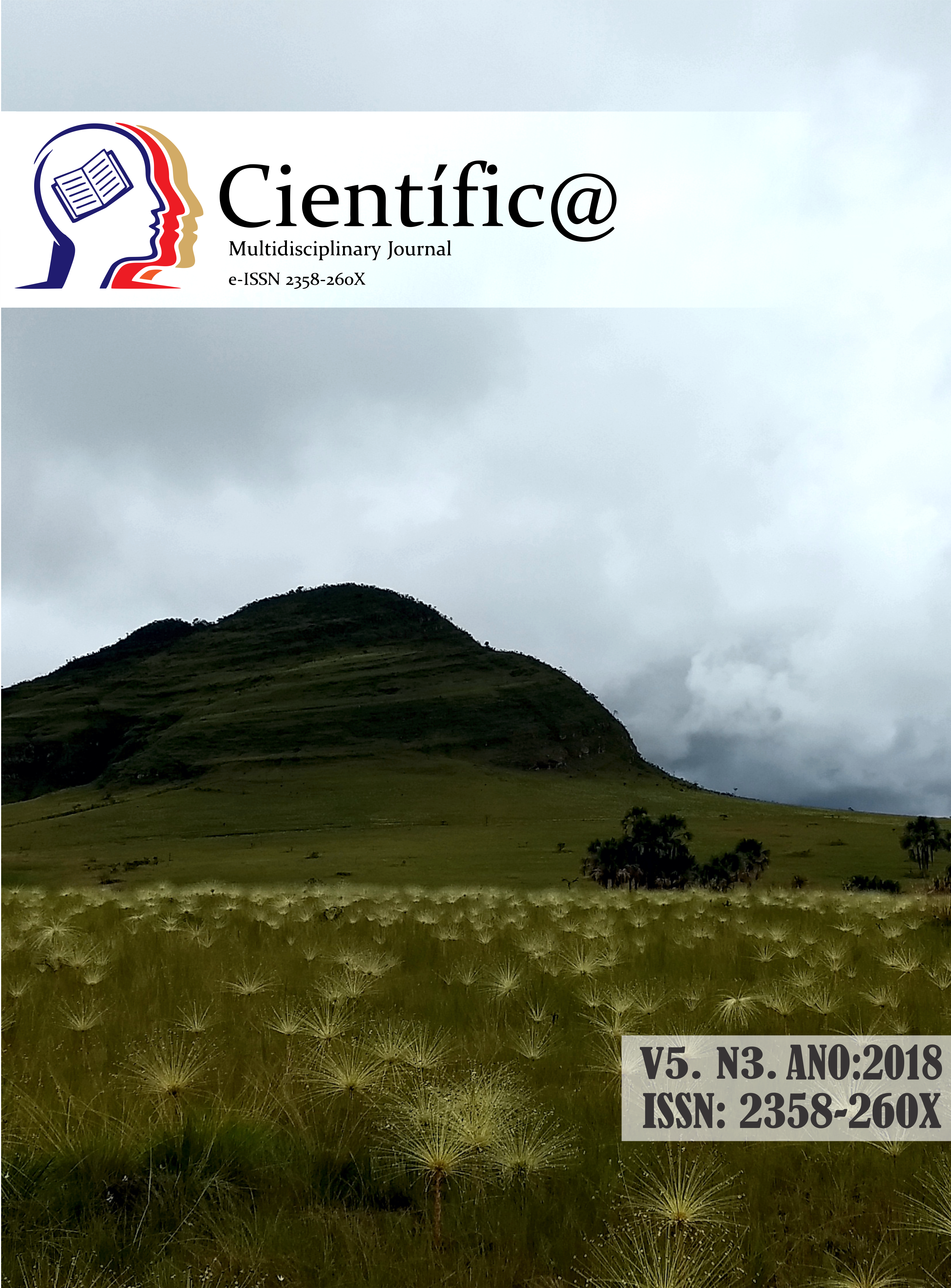CONTROLE RESIDUAL DE CAPIM AMARGOSO NA SOJA CULTIVADA EM REGIÃO DE CERRADO
DOI:
https://doi.org/10.29247/2358-260X.2018v5i3.p48-55Abstract
For decision-making in the control of weeds in soybean crops, it is necessary to evaluate the species present, their density and their capacity to negatively interfere in crop yields. The objective of this study was to evaluate the residual effect of herbicides applied in pre-emergence on the control of Digitaria insularis (biotype of sourgrass) in soybean cultivated in the Cerrado region. The experimental design was a randomized block design, with 8 treatments, with 4 replicates, involving 7 formulated herbicides. The evaluated treatments were divided into T1 (control); T2- (paraquat); T3 (paraquat + flumioxazine); T4 (paraquat + imazethapyr); T5 (paraquat + [imazethapyr + flumioxazine]); T6 (paraquat + diclosulan); T7 (paraquat + [clomazone + carfentrazone]); T8 (paraquat + s-metalaclor). The application of pre-emergence herbicides in the soybean crop did not cause damage to its emergence and the high infestation of weeds observed in the control treatment resulted in the soybean crop. Pre-emergence herbicide treatments promoted a residual effect that culminated in the control of Digitaria insularis (biotype of sourgrass), in the cultivation of soybeans grown in the Cerrado region.
Downloads
Published
How to Cite
Issue
Section
License
Esta revista oferece acesso livre imediato ao seu conteúdo, seguindo o princípio de que disponibilizar gratuitamente o conhecimento científico ao público proporciona maior democratização mundial do conhecimento.
A partir da publicação realizada na revista os autores possuem copyright e direitos de publicação de seus artigos sem restrições.
A Revista Científic@ - Multidisciplinary Journal segue os preceitos legais da licença Creative Commons - Atribuição-NãoComercial 4.0 Internacional. 

